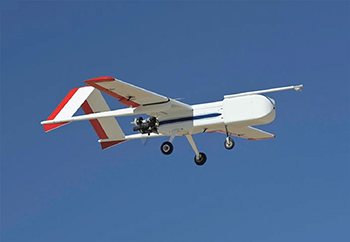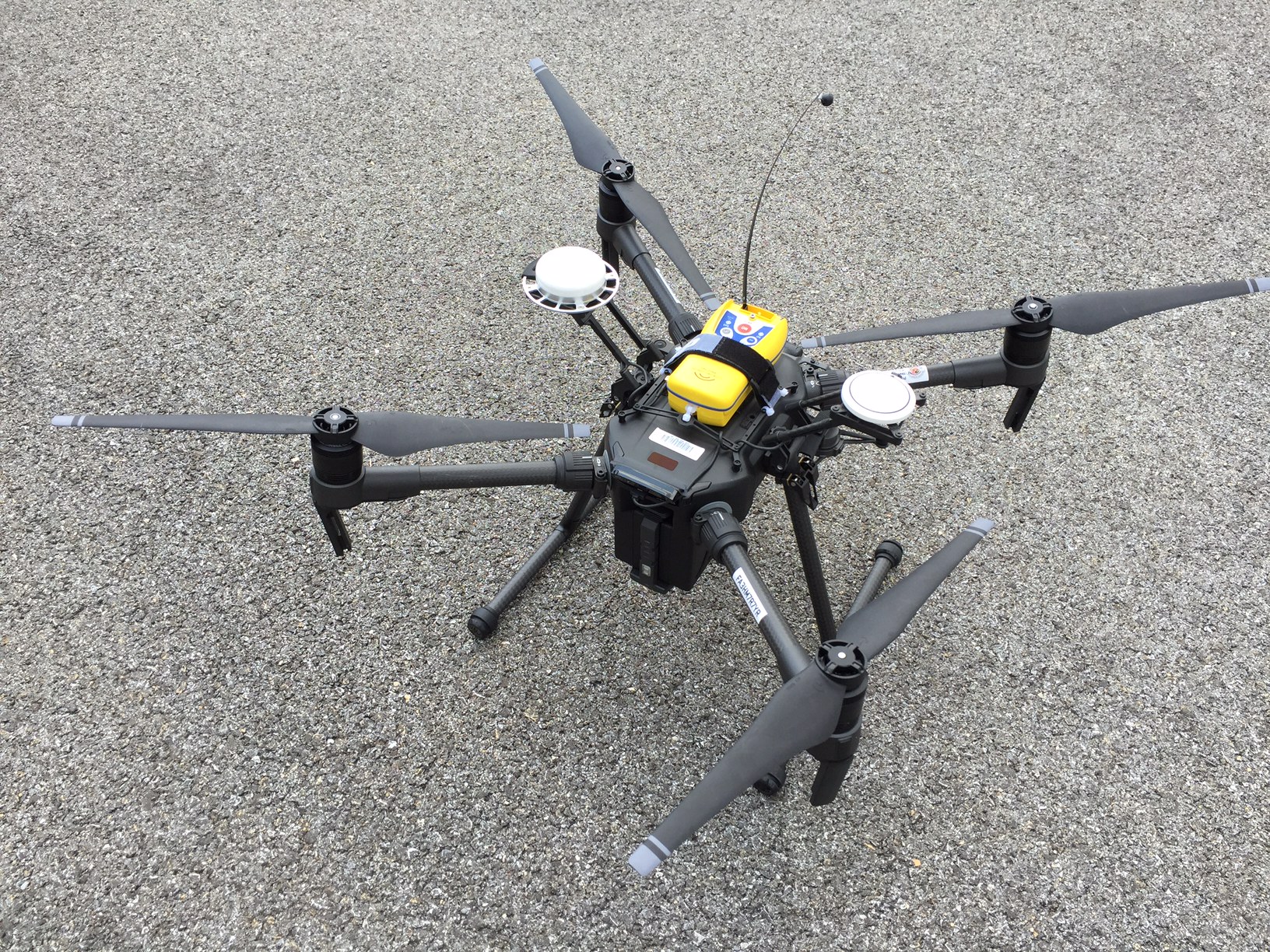 |
 It’s not the kind of experience anyone wants to have, and it’s happening to you. You’re lost and in distress—on a mountaintop, perhaps, or deep in the woods. It’s not the kind of experience anyone wants to have, and it’s happening to you. You’re lost and in distress—on a mountaintop, perhaps, or deep in the woods.
Or you’re far out on the water, in a boat that’s sinking.
Or your small plane has crashed in a remote location; you’re alive, but injured.
Dire as such circumstances may be, the odds of being found and rescued are higher today than they might have been in the past, thanks to the U.S. Search and Rescue Satellite-Aided Tracking (SARSAT) Program. SARSAT is a multi-agency search-and-rescue system that uses low-earth, geostationary, and Global Navigation satellites (like GPS) to detect and locate people in distress  on land, in the air or on the sea. Many boats and planes are equipped with 406 MHz beacons that SARSAT automatically tracks. on land, in the air or on the sea. Many boats and planes are equipped with 406 MHz beacons that SARSAT automatically tracks.
And more and more recreational hikers, campers, climbers, and outdoor enthusiasts carry Personal Locator Beacons (PLBs) that also send information to SARSAT, which is part of a larger, international effort with 46 participating countries and organizations.
NASA, the U.S. space agency provides essential technical leadership and innovation for SARSAT, and is continually working to upgrade search and rescue capabilities by designing and testing new beacons, ground receiver systems, and satellite payloads. Testing these new devices and systems can be both difficult and costly; it’s not easy, for example, to stage a search-and-rescue operation at sea.
 Using drones can improve the process. And, as it happens, the University of Maryland’s (UMD) Unmanned Aircraft Systems Test Site is located in convenient proximity to the Goddard Space Flight Center, where NASA’s SAR program is based. Using drones can improve the process. And, as it happens, the University of Maryland’s (UMD) Unmanned Aircraft Systems Test Site is located in convenient proximity to the Goddard Space Flight Center, where NASA’s SAR program is based.
“It’s a good fit,” says UMD’s Jim Alexander, who oversees the Test Site’s collaboration with NASA. “They have ideas that they want to develop and test, and we have the expertise needed to support them.”
To find out how well an emergency beacon works, for example, the UAS Test Site team can program a drone to fly to a particular location, while NASA tracks how well the SARSAT system locates the beacon. The drone can hover in one area, or follow a more complex trajectory, simulating a life raft that’s drifting in the ocean, for example.
Unmanned aircraft aren’t just useful in testing, however; they can also be deployed in conjunction with actual search-and-rescue operations, to assist with direction-finding or to obtain potentially life-saving information about an emergency situation.
The U.S. Coast Guard is particularly interested in such capabilities, Alexander said, because they can be of great value in rescue operations at sea. “You could launch a camera-equipped UAS from a Coast Guard cutter,” he explains, “and have it send back pictures or video that allow the crew to see what exactly is going on—is it a vessel in distress, a raft in the water, a person in the water? Do they look like they’re in good health? Are they responding? Information of this kind, in some cases, can mean the difference between life and death.”
It's the potential to save lives that makes this particular aspect of UAS research and development so rewarding, Alexander said.
“In a search and rescue situation, you’re finding ways to assist people who are having the worst day of their lives,” he said. “They’re lost or hurt, unsure if they will ever get back to safety, and their families and friends are worried about them. If the system is functioning well, we can make a big difference in helping them, their families and friends, to get them out of that situation.”
Related Articles:
First Webb Space Telescope images are here
Alumnus Andrucyk Named Director of NASA’s Goddard Space Flight Center
Discoveries from NASA's Parker Solar Probe published in Nature
Measuring Snow From Space
Clark School Team to Compete in NASA's RASC-AL Competition
CoolCAD Electronics, LLC Wins Phase II SBIR NASA Contract
Two UMD Teams NASA BIG Idea Challenge Finalists
UMD Team Wins 2015 Robo-Ops and Sets New Course Record
Bergbreiter wins National Robotics Initiative grant for 'active skins'
Clark School Students Shine in Recent Competitions
December 5, 2019
|

